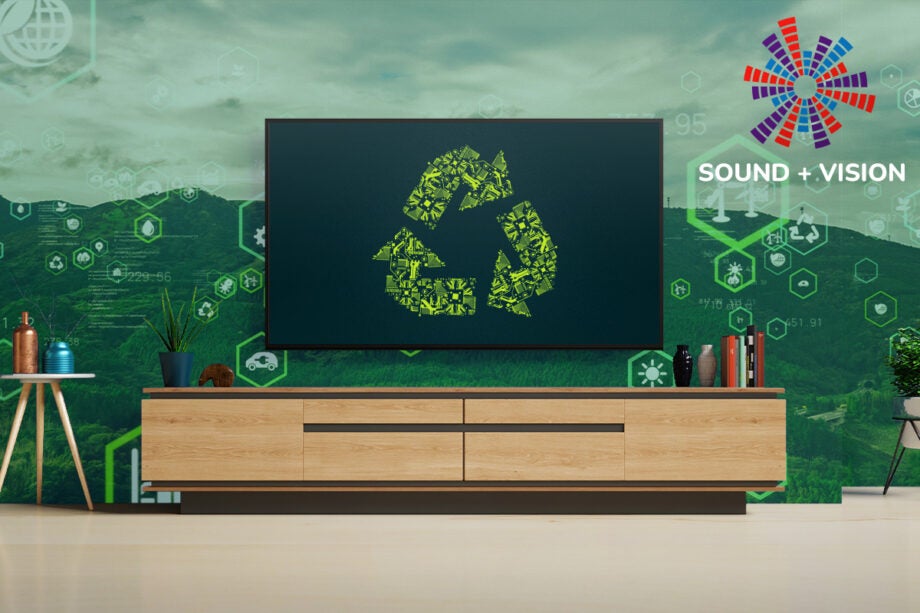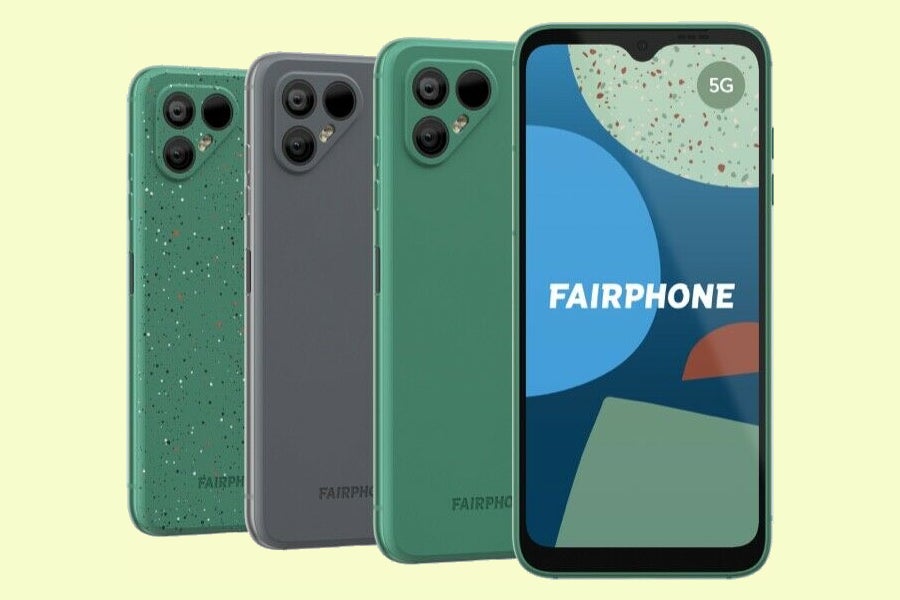Sound and Vision: With COP26 here, what more could tech do about climate change?

By the time you read this, Cop26 will have started, the United Nations conference on how world governments are looking to tackle climate change. We are generating more waste and using more energy than at any time in human history, the pandemic is not helping matters either. As you’d expect, this causes a degree of introspection.
The Design Museum in Kensington is currently holding an exhibition called ‘Waste Age: What Can Design Do?’. Like everyone else I’m aware of the scale of the issue, and as the exhibition showed, there are a variety of interesting and well-thought out solutions being developed.
But to paraphrase the 35th President of the United States “ask not what your country can do for you, ask what you can do to avert climate change.” We all have a decision to make in how we react, and it’s being more informed about how we can react and the brands we can champion.
In the tech sector, turnover of products can be quite large. Every year there’s a new range of TVs, smartphones and laptops; the constant allure of the new as consumers are tempted to upgrade to the latest and ‘best’ model.
Not everyone needs a new model – we should be looking at things that are built to last but conversely affordable products don’t always last. One solution is go for products that have an online component, firmware updates that keep the shelf-life of a headphone, TV or soundbar going for longer.
Danish firm Bang & Olufsen have said consumer tech isn’t sustainable, and one of their solutions has been to adopt the Cradle-to-Cradle certification that requires products to meet standards across five categories. There’s also been movement towards modular products, with components that can be swapped out and upgraded to extend the lifespan. However, as more of a boutique operation, it’s not as though B&O’s products are the kind of affordable mass market items that make up the bulk of waste we make. It is, however, a start.
Scottish hi-fi brand Linn operates in a similar way, with products available for decades as long as the parts required to keep them in good nick are still available.
More thought is being put into packaging. LG and Samsung have adopted eco-friendly approaches, the former using less foam and plastic and more recycled molded pulp for their soundbar packaging. The boxes for Samsung TVs are made from corrugated cardboard and can be repurposed in some amusing ways. The remote for a selection of Samsung’s TVs also feature no batteries, topping up its charge from the power of the sun. Sonos has changed its approach, too, reducing the plastic that comes with its products.
House of Marley’s headphones are made out of sustainable materials, while Sony’s packaging for their WF-1000XM4 moved towards easily recyclable packaging, the box using blended material bamboo and sugarcane waste combined with recycled wastepaper, all of which you can throw away without needing to sort out the materials. Who knows, perhaps more Sony headphones could be using this process in the future…
Apple makes plenty of noise about their sustainability practices, using cleaner energy sources for manufacture, creating products that use less power and boxes that feature less accessories (like charging cables). But the danger, as there always seems to be, is hypocrisy. Apple are one of several big tech companies lobbying against the Climate Change Bill in the US.
Other efforts include the Repairability Index in France, which scores products from 0 to 10/10 based on five criteria to inform customers about a product’s repair options ahead of purchase. There’s a burgeoning e-waste industry around reclamation of materials – essentially what goes in is taken out – with the rare earth metals used in the manufacture process stripped out and reused.
iFixit has long been lobbying for companies to open their designs to allow customers to fix products with the tools and parts they need, while the EU/UK Extended Producer Responsibility Scheme looks to manufacturers to cover the cost of their products’ end-of-life.
Awareness is still key, but if there was anything I took from the Waste Age exhibition, is that we should be more informed, whether that’s about the impact that products we buy could have or the ways in which, when we dispose of them, they’re not destined to be put aboard a ship and hauled away for another country to deal with. We also need to not develop a cycle of constant yearly upgrades, and while recycling is good, repairing is even better.
There’s still a great deal of progress to be made, but tech companies and consumers need to step up the plate. As we’ve witnessed, we can’t always rely on governments and brands to necessarily fight the good fight – and there’s no better place to make positive change than starting than with ourselves.





